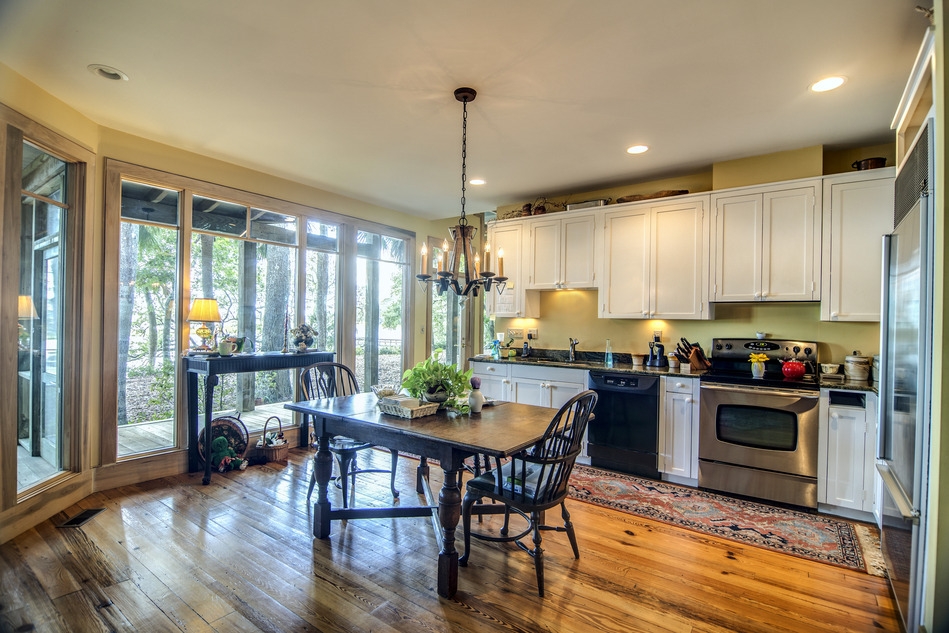Your home is probably your biggest investment. To manage it, create a financial plan that takes into account repairs, upgrades, mortgages, insurance, and taxes.
Do you pay each home-related expense as it comes? If so, you’re missing opportunities for upgrades, or much worse, heading into a financial crisis when a slew of surprise maintenance items hit. So take a holistic look at what it costs to operate your house and set up a home financial plan.
Use our home financial plan budget worksheet, and start by writing a list of expenses, such as:
- Home insurance, including liability
- Repairs and maintenance, such as new furnace, roof, painting
- Voluntary upgrades, such as a swimming pool, a premium range, a new powder room
What will you learn from this home financial plan weekend exercise?
- How much you have to spend
- How much you need to allot in the short- and long-term for necessary maintenance and voluntary improvements
With this newfound grip on your home’s expenses, you can create a home financial plan that’ll help you there for years with maximum enjoyment and minimum anxiety.
Here’s how to manage other aspects of your home finances:
The mortgage: Pay it — and then some
Insurance: Protect your property
Repairs and renovations: By choice or necessity
Taxes: (Almost) no way around them
The mortgage: Pay it—and then some
Yup, you already shell out a lot for your mortgage, but can you pay more? Even a little extra each month can add up to an earlier payoff. Let’s say you have $200,000 in outstanding principal and a 20-year fixed-rate mortgage at 5%. Your monthly payment is $1,319.91. But if you can manage to pay another $100 a month, you’ll save $14,887 in interest.
Run the numbers yourself for your home financial plan.
Advantages of an early payoff, says Alan D. Kahn, a financial planner in Syosset, N.Y.:
- Less debt means more money to spend later.
- It feels darn good to own your house outright as soon as possible.
- Minimal tax loss. Toward the tail end of the life of a loan most of your payment goes to the principal, not the interest, so you’re getting only a small tax break anyway.
Of course, if you’re still saving for retirement, put the 100 bucks elsewhere:
- An account for the inevitable home repairs
- An account for discretionary improvements, which can raise your home’s value
Insurance: Protect your property
Your vegetable garden is pointless without a fence to keep out rabbits; likewise, your home financial plan will come to nothing without an insurance “fence”:
Homeowner’s insurance. Basic coverage for your home and everything in it. The average cost is $636 per year but this varies widely by state.
Liability coverage. Protects you from a lawsuit if someone gets hurt on your property, for example. Your best bet: An umbrella policy. For about $300 a year you can by a typical $1 million policy.
Various disaster insurance policies. Optional policies cover flood, earthquake, and hurricane damage. As part of your home financial plan, you have to research to see what disaster coverage, if any, you need in your area, and what your standard policy already covers. For $540 a year you can buy flood insurance, for example.
Don’t under- or overbuy insurance
For your basic policy, get homeowners insurance with full replacement coverage in case your house burns to the ground.
That sounds simple, but heads up on calculation. Remember that you own a house as well as the land on which it sits. So even though you bought your home for $300,000, it may cost only $100,000 to rebuild it. Your policy limits should reflect this. This difference will vary widely by region.
Another heads up: Don’t make the common and potentially disastrous mistake of thinking that because your home has fallen in value you need less insurance. If you bought a $1.2 million townhouse in Florida during the boom, it’s true it now may only sell for $600,000. But the replacement cost of the townhouse hasn’t changed much, so you can’t improve your home financial plan by cutting insurance costs that way.
Other ways to cut your insurance budget:
- If you make structural improvements, such as adding storm shutters, your insurer may give you a break.
- If you belong to certain groups, such as AARP or veterans’ organizations, your premiums may be lower.
Repairs and renovations: By choice or necessity
You own a home, so you’ll be spending money on everything from a new faucet to — surprise! — a new roof. Freddie Mac and other authorities say as part of your home financial plan, you should be prepared to spend 1% to 3% of the market value of the home annually on maintenance. To be extra-prudent, open a savings account and make regular payments until your account reaches 1% to 3% of your home’s current value.
To help you budget:
Start with the inspection report you received when you bought the house. Did the inspector indicate that you would need a new roof in five years? A new furnace in 10?
Keep a log of your major appliances’ age so you can estimate when they’ll need replacing. Some estimated life spans:
- Heating systems: 15-20 years
- Water heaters: 8-13 years
Then get estimates on what replacements will cost and start saving.
Consider ongoing non-emergency maintenance, too. Do you live in New England? Price a snow blower and get bids from plow services.
Resist the siren call of the home equity loan to take care of everything. That just defeats your efforts to pay off the mortgage early.
Separate out what you want from what you need. Does it make more sense to do a $50,000 to $60,000 kitchen remodel, which recoups about 69%, or a minor remodel, which recoups about 75%, according to Remodeling magazine’s 2013 Cost vs. Value Report?
If you can afford to redo, go for it. Just don’t confuse your necessary repairs (new oil furnace — about $4,000) with your discretionary upgrades (Viking range — $6,000 and up).
Taxes: (Almost) no way around them
Even if your lender handles your property taxes from an escrow account, you need to budget for them in your home financial plan. They creep up almost every year, it seems. Take responsibility for tracking the changes in your area: Look over past tax bills to get a sense of how quickly they’ve risen in the past.
Or if your lender handles escrow and you haven’t saved your bills, ask for an accounting. The median annual property tax payment is $1,812, but that hides the enormous range in medians from state to state.
You can generally deduct property taxes on your federal return. A tax pro can tell you how much of a tax break you’ll get, to help you fine tune your home financial plan.
You may be able to reduce your tax burden by getting a reassessment. Do your homework first: Are comparable houses taxed less than yours? Ask the local assessor what formula is used to set tax rates. You can challenge the assessed value and get yourself a rollback.
If you’re in a special group, you might get some help from state or local programs. Check around to see what’s available in your area. New York State, for example, has its Star Program for giving senior citizens some relief from school-related property taxes.






